Related Posts
- Buy Tickets for The Constitutional Walking Tour of Philadelphia – See 20+ Sites on a Primary Overview of Independence Park, including the Liberty Bell and Independence Hall
- The President's House
- Remembering the Philadelphia International Cycling Championship
- Fairmount Water Works
Overview
Lemon Hill Mansion is often referred to as the Birthplace of Fairmount Park, the largest municipal park in Philadelphia.
In 1800, Lemon Hill Mansion was built on land originally owned by Robert Morris, one of America's American Founding Fathers and financier of the American Revolution (who also owned the President’s House, which is a stop on The Constitutional Walking Tour of Philadelphia). Morris was once one of the richest men in the Colonies. However, after losing his fortune, he spent the rest of his days in Debtor’s Prison while the land upon which Lemon Hill stands was seized and sold off at a sheriff’s sale.
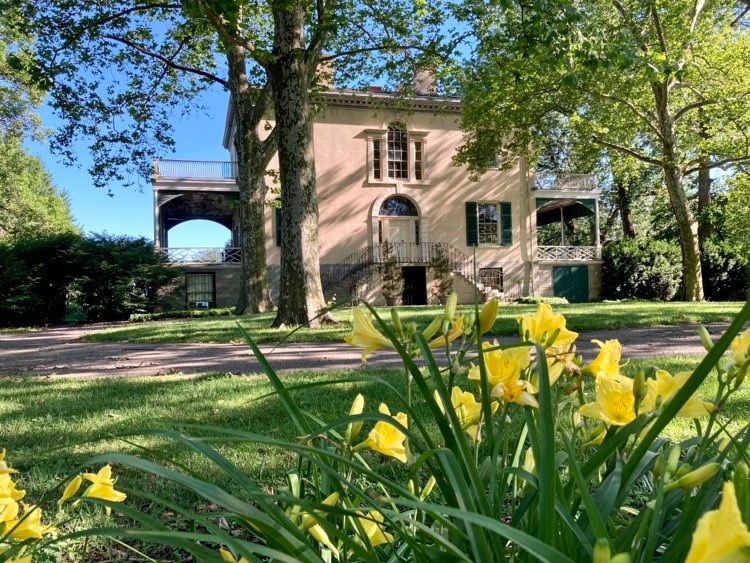
Henry Pratt, a successful Philadelphia merchant, purchased the land, and then he designed and built the home that is now referred to as Lemon Hill. Lemon Hill is viewed as a classic example of the early Federal Style of architecture, which was popularized throughout the early United States as a more symmetrical and neoclassical modification of English Georgian Style.
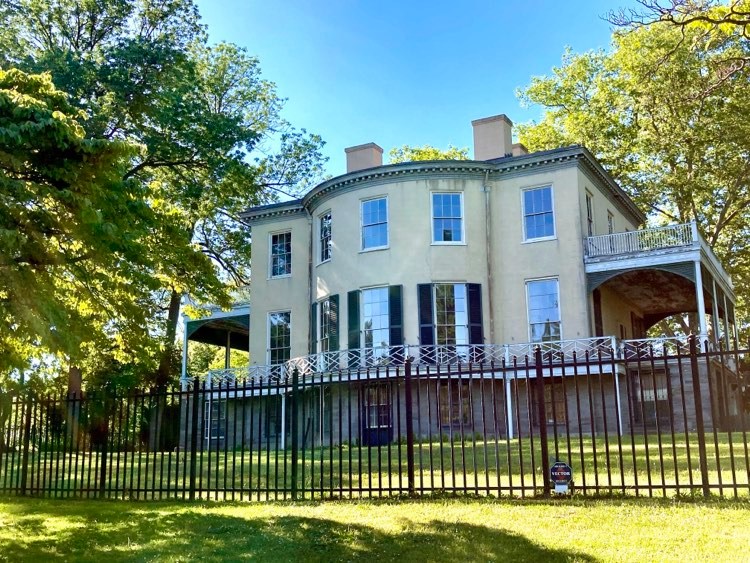
The architecture of the house is remarkable for the central oval rooms on each floor of the house that give the building some of its most distinctive features, including its curved front exterior wall and curved doors and fireplaces.
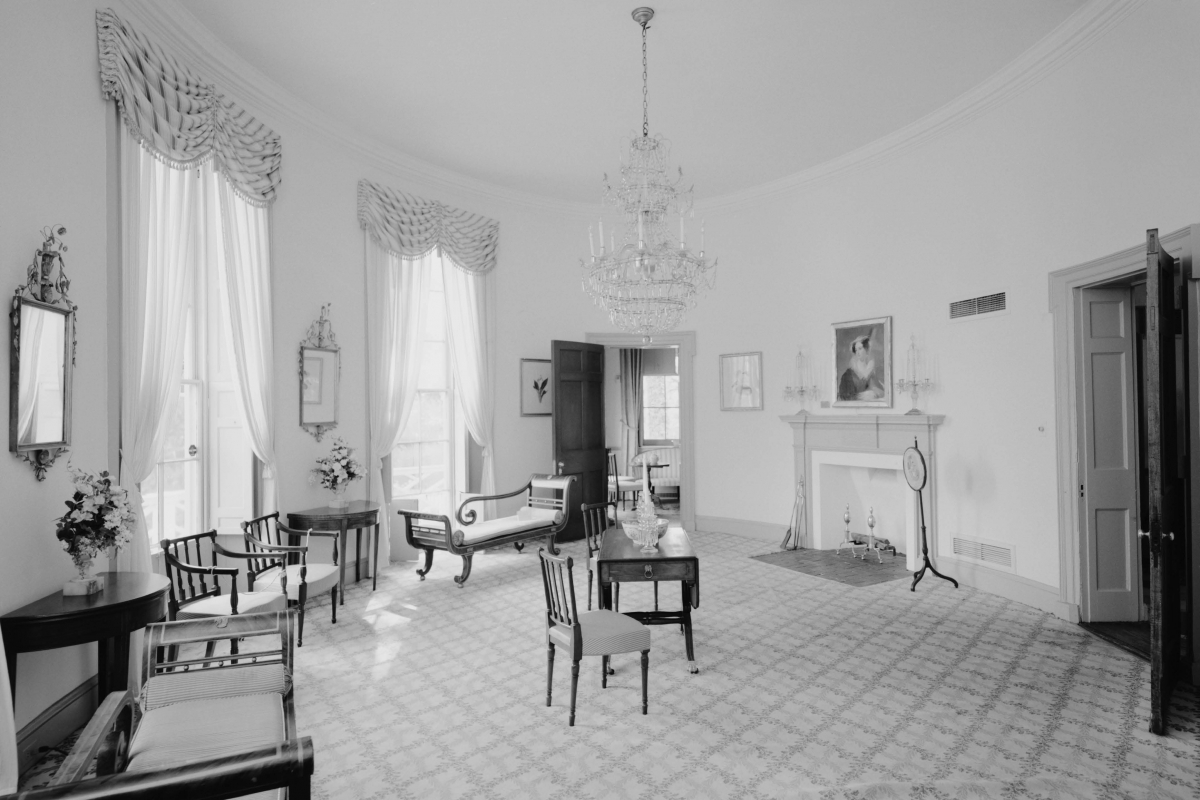
The views from Lemon Hill are beautiful and feature the Schuylkill River, Boathouse Row and the City of Philadelphia's skyline.
Pratt also designed extensive gardens around the mansion that were open to the public to explore. A notable highlight of these gardens included greenhouses, which is where Pratt cultivated the lemon citrus trees that gave the mansion its name (Lemon Hill), as well as pepper and coffee trees, sugarcane, and bananas. Two years before Pratt’s death, he sold Lemon Hill to a New York speculator. The value of the property subsequently declined due to an economic crisis, in part due to President Andrew Jackson ending the charter of the Second Bank of the United States (another stop on The Constitutional Walking Tour). For over 9 years, Lemon Hill was left to deteriorate until city officials were persuaded to lease it in order to protect the city’s water supply since Lemon Hill was located directly adjacent to and directly above the Schuylkill River.
Lemon Hill is considered the birthplace of Fairmount Park since it was the first property that the City of Philadelphia purchased in 1844 to begin the creation of the world-renowned Fairmount Park System. It took further public pressure for the City to restore the Lemon Hill Mansion to its former glory, since Philadelphia had leased the house to a brewer who had neglected the renowned gardens and home itself.
In 1855, there was outcry from the citizenry which pushed the City to evict the brewer, and begin the process of restoring its original appearance. Fast forward to the 1950s, Lemon Hill Mansion opened to the public as an historic house museum.
Lemon Hill has also proven to be a vital cultural institution, since before it was restored to its historical appearance, it served as a beer garden for Philadelphia’s German residents. It was these German-Americans who formed the country’s first men’s choral society, and hosted the first national singing festival, known as Sangerfest, at Lemon Hill which drew thousands of people.
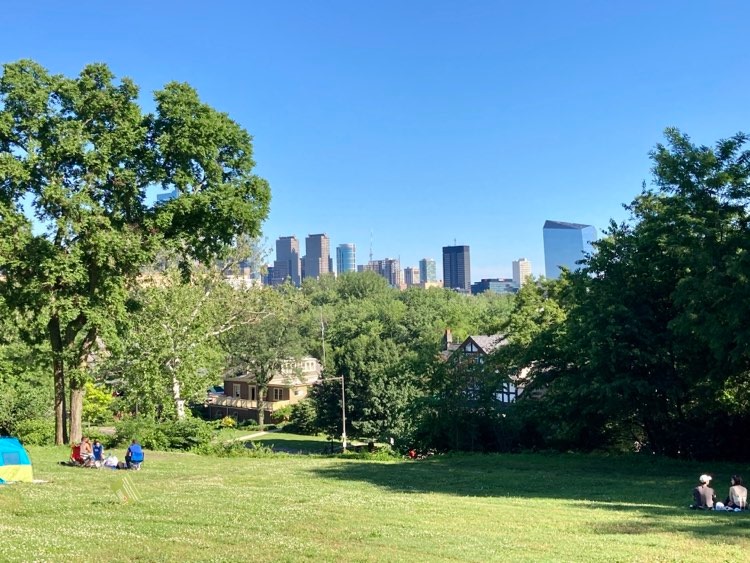
In 1888, a music pavilion was built at Lemon Hill capable of seating 2,000 attendees. However, in 1922, a series of free orchestra concerts held at Lemon Hill drew crowds of 20,000, spurring Philadelphia officials to construct larger venues.
Additionally, art collector Peter A.B. Widener, one of the richest men in American history, clashed with Philadelphia Mayor Charles Warwick over constructing a museum on Lemon Hill’s property. Over the course of several years, Widener ultimately settled on a site not far from Lemon Hill, which is where the current Philadelphia Museum of Art is located today. Though Lemon Hill has suffered some neglect over the course of time, including from a lack of resources, it remains today a benchmark of Philadelphia’s history, whether that be agriculture, architecture, cultural, visual arts, or music.
Awareness of Lemon Hill received a boost in the 1980s when the Philadelphia International Cycling Championship (also known as the CoreStates Bike Race) traversed a grueling and picturesque route, including a loop around Lemon Hill. Originally, the race started on the Benjamin Franklin Parkway, and then headed onto Kelly Drive into the Northwest section of the city, through the East Falls, Manayunk and Roxborough neighborhoods. The route then returned to the Ben Franklin Parkway and Logan Circle to complete its loop, passing parts of Fairmount Park (Lemon Hill Mansion and Boathouse Row) along the way. The route was approximately 12.3 miles in length along a circuit course with a large stretch of the race taking place along scenic Kelly Drive, the Schuylkill River and the Ben Franklin Parkway, including right in front of the Rocky Steps and Rocky Statue at the Philadelphia Museum of Art.
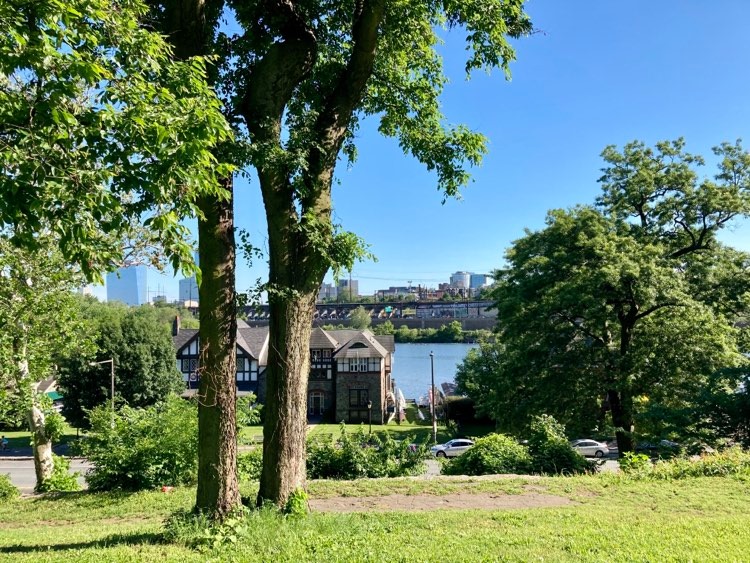
Additional Information
Lemon Hill
1 Lemon Hill Drive
Philadelphia, PA 19130
215.232.4337



